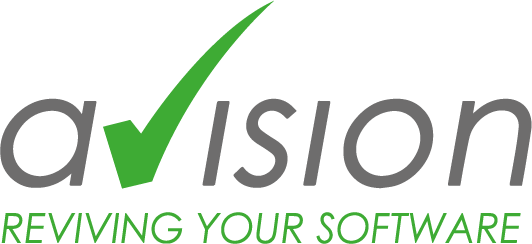n a recent landmark ruling, the Federal Labor Court reminded Germany that the European Court of Justice had already obliged member states to require employers to record working hours in 2019. The Federal Republic of Germany probably tried to sit out the ruling at first, as until then, mandatory documentation of working hours only applied to certain occupational groups, such as the catering and construction industries. However, the new ruling now creates facts – the time clock is back for everyone, or at least its digital successor.
While many companies have stuck to time recording of their own accord, the law primarily affects employees who work on a trust basis. This approach has also enjoyed great popularity in the IT sector, and not just since the coronavirus pandemic and the obligation to work from home. Could this soon come to an end? The Federal Labor Court and the European Court of Justice say yes. A decision that, despite all the freedoms and advantages that a trust-based working model provides, is the right one – also and especially from the employee’s perspective. After all, monitoring is not a one-way street with the sole purpose of checking employee productivity; rather, time recording provides equal protection against too much work, overtime and the increasing mixing of work and leisure time. Recognizable trends clearly show that employees tend to work more if they can freely organize their breaks and time off. IT staff are particularly at risk here: either because of the pressure to finish a project or because programmers become so engrossed in a problem that they simply forget the time. External monitoring, such as that provided by time recording, can ultimately protect employees from themselves and an excessive workload.
But anyone who works in the IT environment knows the problem: in theory, the project makes perfect sense, but problems quickly arise when it comes to practical implementation. Working from home makes error-free recording particularly difficult. This is because even log-in times on the PC do not reflect all the work and there is no real control; instead, there is just a digital clock running in the background. So what could a legally compliant solution look like that gives employees freedom on the one hand and provides companies with an overview of their employees’ working hours on the other? In answering this question, we should first abandon the misconception that 100% error-free recording is possible. There are too many factors and differences in everyday working life for this to be possible. We should therefore apply a tried and tested concept: trust. With tool-supported time recording, companies put the responsibility back into the hands of the employees when they enter and track the work they have done themselves. And yes, there is a risk that employees will deliberately enter incorrect times. However, this is their own responsibility and the company has fulfilled its legal obligation by providing the tool.
But let’s be honest, a solution based on trust offers the most freedom and advantages for all sides – and is always better than the classic time clock.



